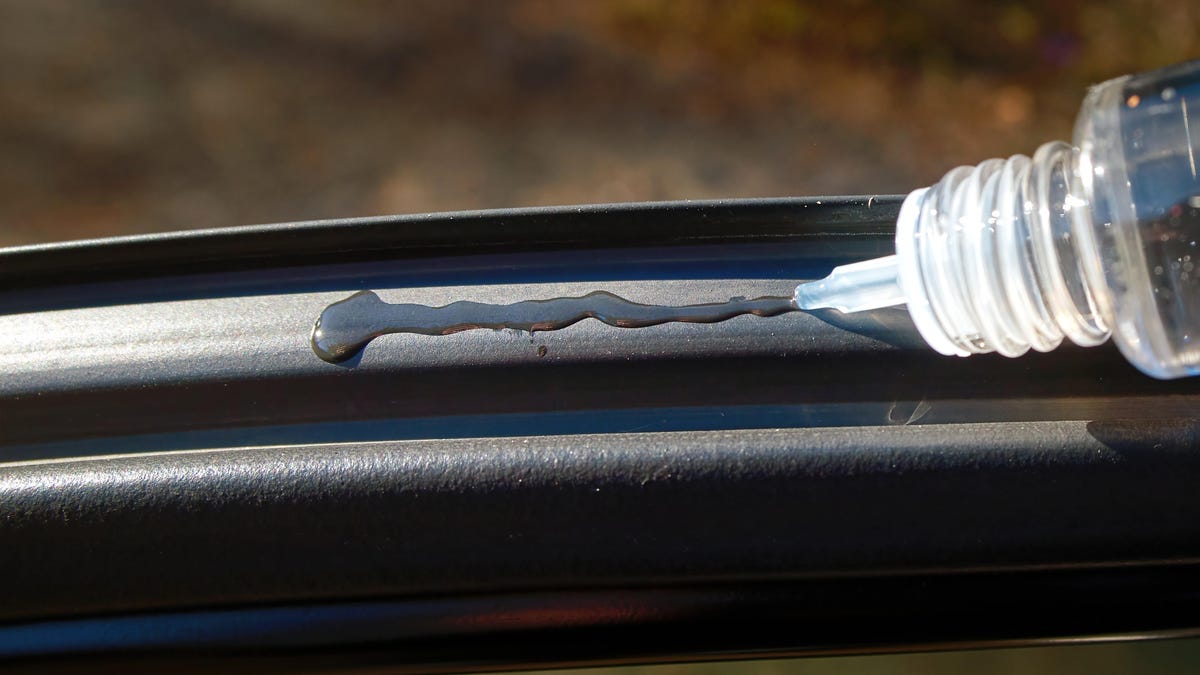Here’s When You Should (and Shouldn’t) Use Silicone Grease for Household Jobs

When it comes to common household tasks that require lubrication, many people turn to products like petroleum jelly (like Vaseline), cooking oil spray, or WD-40 . And while they are often effective—at least temporarily—there are some projects where silicone lubricant may be helpful. Here’s what you need to know about lube and when to use it.
What is silicone grease?
Silicone grease is a translucent, viscous lubricant made from a mixture of silicone oil and a thickener. It is waterproof or water-resistant and has excellent chemical and UV resistance .
Additionally, silicone lubricant can be used in a wide range of temperatures (typically -76°F to 572°F). It’s also a relatively inexpensive addition to your toolbox, with a tube costing around $5.
When to use silicone lubricant
Generally speaking, silicone grease provides excellent lubrication between these materials:
- Plastic to plastic
- Rubber to rubber
- Rubber to plastic
- Plastic to metal
- Rubber to metal
Here are a few more specific cases of using silicone grease in everyday life :
- Lubricate door hinges, window tracks, drawer slides and other moving parts.
- Can be applied to rubber gaskets on kitchen appliances to maintain their flexibility and prevent leaks.
- To care for a worn gasket (seal) of the refrigerator.
- Apply to o-rings on sink faucets.
- Lubrication and conditioning of rubber parts of cars and other vehicles.
- Lubricates screw threads to prevent galling and corrosion.
- Lubricating piston seals and plunger rods of fountain pens
When not to use silicone lubricant
Although silicone grease is versatile, it is not the best choice for lubricating metal surfaces . Additionally, due to its resistance to chemicals, silicone grease does not perform well on painted or varnished surfaces (or surfaces that will be used in the future). Finally, although silicone grease is ideal for lubricating or conditioning rubber, it should not be used on silicone rubber .